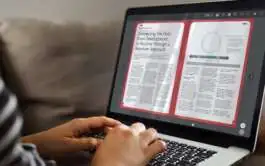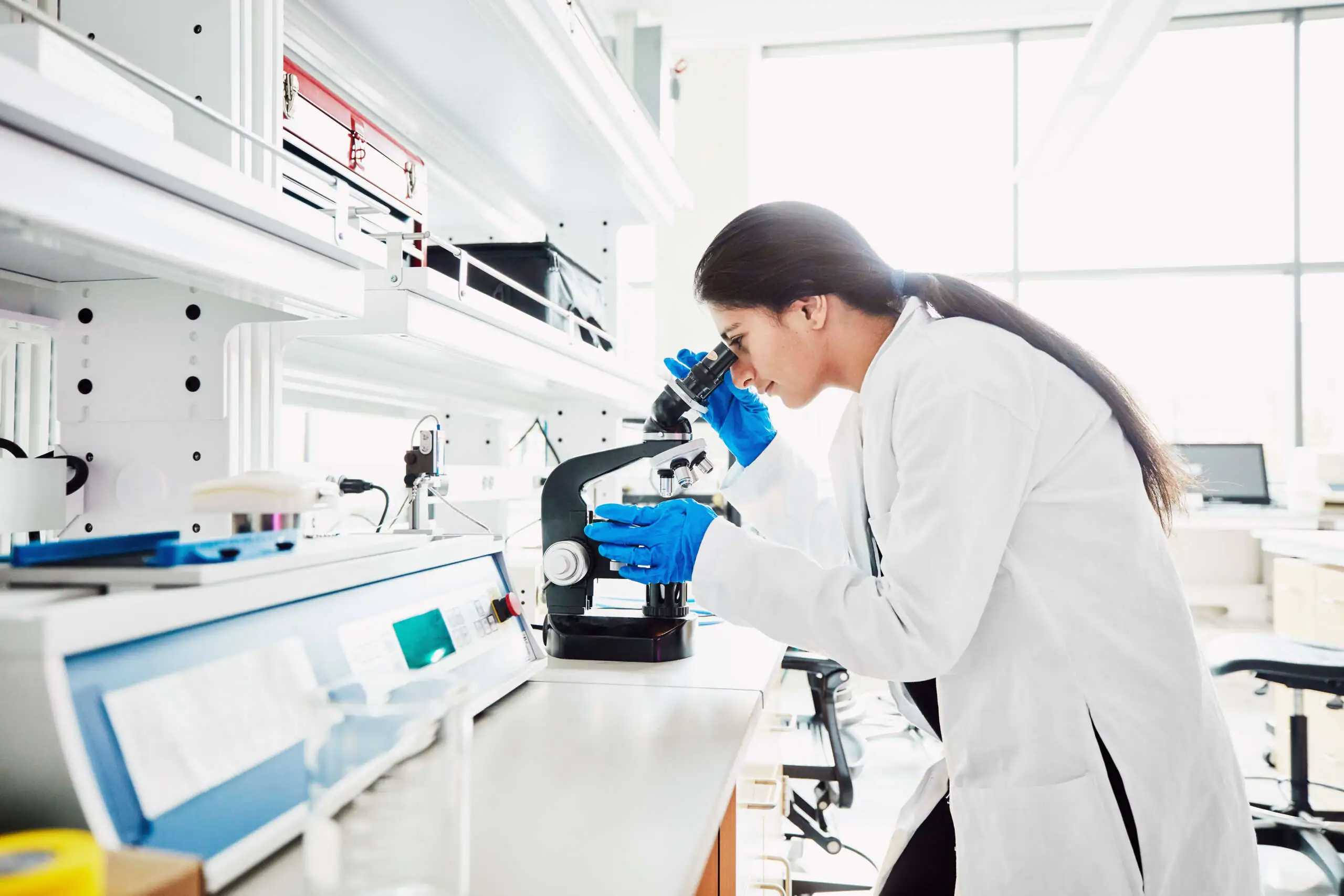Advanced Therapy Medicinal Products (ATMPs) represent a novel class of complex biological products that are at the forefront of scientific innovation and hold great potential to improve health care. To ensure that appropriate measures are put in place by the manufacturers to safeguard the quality of the product, all ATMPs produced for human use from clinical Phase I onward must comply with current Good Manufacturing Practice (cGMP) regulations [1].
cGMP requirements can be very complex and guidance on how to interpret the minimum expected standards specific to ATMPs are laid down in EudraLex Volume 4 – Part IV “Guidelines on Good Manufacturing Practice specific to Advanced Therapy Medicinal Products” [2].
As ATMPs are administered to the human body as an injectable medicine, these are required to be sterile. Hence, the manufacture of these products requires specific focus and requirements to minimize the risk of microbiological contamination. Considering the level of complexity in the often-manual manufacturing process and the complex manipulation steps involved, aseptic manufacturing is paramount.
Regulatory bodies expect that pharmaceutical companies have a risk-based contamination control strategy (CCS) in place that outlines the control of contamination of utilities, manufacturing systems and environment, raw materials, intermediate products and ultimately the pharmaceutical product itself. Key questions that often arise are: What are the key elements to be considered in order to meet the quality system requirements detailed in ICHQ10 [3] in addition to ICHQ9 [4], and guidance as provided in EudraLex Volume 4 Part IV for a CCS? What points need to be considered to support the implementation of such a program within an ATMP manufacturing facility? What makes a CCS robust and how to ensure its effectiveness?
These are all valid questions and a useful regulatory reference that provides additional guidance on points to consider is EudraLex Volume 4, Annex 1 “Manufacture of Sterile Medicinal Products” [5]. Both Annex 1 and Part IV expect that a CCS is based on the principles of quality risk management (QRM) across their manufacturing facilities to manage any potential contamination risks. Fundamentally, the CCS is about establishing a tight focus on patient safety by thoroughly assessing all the different areas where contamination can happen, and determining what is in place to mitigate the risk of contamination.
The development of a CCS should be carried out by a multidisciplinary team with a detailed understanding of the process, the utilities, and equipment that serve the process. Cross-functional expertise allows scientifically justified assessments to be made of potential contamination risks to the ATMP product. A risk-based CCS can be used as a pro-active tool, giving an estimation for the likelihood of a risk occurring and severity of the impact to the patient if the risk occurred. This allows the company to identify the key areas of focus in the CCS and provides rationale for implementation of control or detection measures if unacceptable risks were identified.
The CCS comprises a repository of documents that provide a high-level overview of how the company controls and prevents contamination. The CCS is a not a stand-alone plan but a summary of interlinked practices and measures. The sum of all these individual aspects and how well these interact determines the effectiveness of the CCS — from the selection and management of raw materials to the final packaging of the product. For example, how the material and personnel flows are designed, equipment maintenance, cleaning and disinfection practices, and how the robustness of controls is monitored through the environmental monitoring program and in process or in finished product testing.
When controlling raw materials, the primary aim is to exclude any contamination which may subsequently be contained in the product. If raw materials are not of the desired quality, they may be sources of contamination for the (intermediate) product. The origin and composition of raw materials provide a good indication as to whether the ingredient has the potential to be a source of contamination or can cause a proliferation of microbial growth. Besides product contamination, raw materials have the potential to contaminate equipment and the manufacturing facility.
Because of the high level of complexity, and often manual processes, the number one source of contamination is usually personnel. As such, education and training are key. The CCS must address challenges with manipulations and activities done by personnel potentially causing contamination as these must be designed for aseptic manufacturing of ATMPs.
As per regulatory requirements, training and qualification should involve a practical element through completion of successful aseptic process simulations, and ongoing monitoring is an essential part of an effective CCS. Based on the type of activities and cleanroom specification the CCS should describe the rationale for the level of gowning chosen, the frequency of gown cleaning, behaviour of personnel in the controlled rooms, and the acceptability of the gown materials for the type of manufacturing process. Personnel working in the area must rigidly adhere to the gowning procedures. Training should include an initial and periodic assessment of gowning and, until fully qualified, personnel access to the cleanroom should be restricted. A risk-based approach should be undertaken to assess frequency of retraining.
After personnel, the second highest risk of contamination is from the introduction of materials and equipment into the controlled environment from the outside. For material transfer airlocks, it is essential that decontamination practices are in use prior to entry into the controlled environment. Items to be considered include the use of interlocking airlocks between entry points for classified areas of different grades, and restricted and controlled access to aseptic areas. Disinfection of materials should include use of a sporicidal agent where appropriate. The process of material intake should be sufficiently detailed in material transfer procedures and assessment of transfer techniques by a subject matter expert to validate compliance with the procedures.
The frequency of any cleaning and disinfection program should be risk-based and similar to the training program and should also be regularly reviewed. In accordance with Part IV of the EudraLex ATMP GMP guidance [2] disinfectants must be validated for their intended use, those being a broad-spectrum disinfectant rotated with periodic use of a sporicidal agent. Other items to be considered under the cleaning and disinfection program include the frequency and method of residue removal.
Contamination control is not a single item, but an amalgamation of various elements that together determine the effectiveness of the program. Contamination control is a continuous process in which data trends, product information, and new regulatory requirements are to be evaluated on an ongoing basis.
About the author:
Patrick Nieuwenhuizen is Director and Principal Consultant at PharmaLex and has more than 30 years of experience in the industry across a variety of platforms including Biologics, Sterile Fill Finish and Solid Oral Dose.
References:
- Commission Regulation (EC) No 1394/2007 of the European Parliament and of the Council of 13 November on advanced therapy medicinal products and amending Directive 2001/83/EC and Regulation (EC) No 726/2004, article 30. Accessed through: https://ec.europa.eu/health/sites/health/files/files/eudralex/vol-1/reg_2007_1394/reg_2007_1394_en.pdf
- EudraLex Volume 4, EU Guidelines for Good Manufacturing Practice for Medicinal Products for Human and Veterinary Use, Part IV (2017) Guidelines on Good Manufacturing Practice for Advanced Therapy Medicinal Products. Accessed through: https://ec.europa.eu/health/sites/health/files/files/eudralex/vol-4/2017_11_22_guidelines_gmp_for_atmps.pdf
- ICH Harmonized Tripartite Guideline Quality Risk Management Q10: Guideline on pharmaceutical quality system (2008) Accessed through: https://www.ema.europa.eu/en/documents/scientific-guideline/international-conference-harmonisation-technical-requirements-registration-pharmaceuticals-human-guideline-q10-pharmaceutical-quality-system-step-5_en.pdf
- ICH Harmonized Tripartite Guideline Quality Risk Management Q9: Guideline on quality risk management (2023) Accessed through: https://www.ema.europa.eu/en/documents/scientific-guideline/international-conference-harmonisation-technical-requirements-registration-pharmaceuticals-human-use-ich-guideline-q9-r1-quality-risk-management-step-5-revision-2_en.pdf
- EudraLex Volume 4, EU Guidelines for Good Manufacturing Practice for Medicinal Products for Human and Veterinary Use, Annex 1 (2022) Guidelines on Good Manufacturing Practice for Advanced Therapy Medicinal Products. Accessed through: https://health.ec.europa.eu/document/download/e05af55b-38e9-42bf-8495-194bbf0b9262_en?filename=20220825_gmp-an1_en_0.pdf









